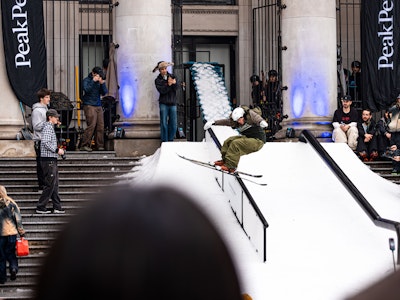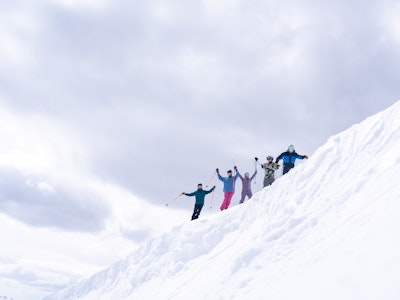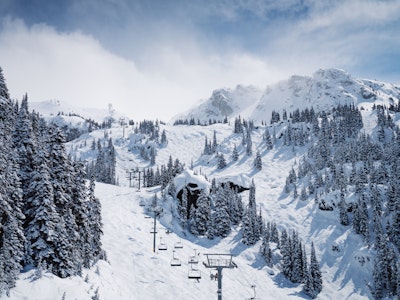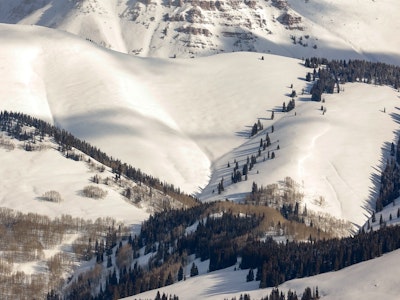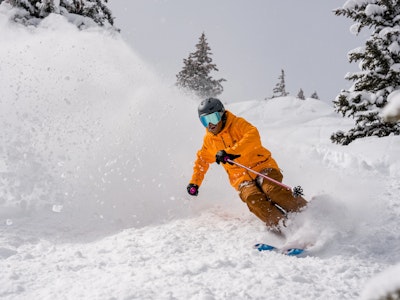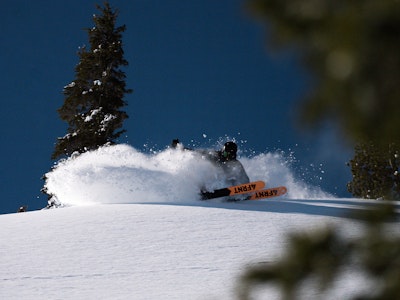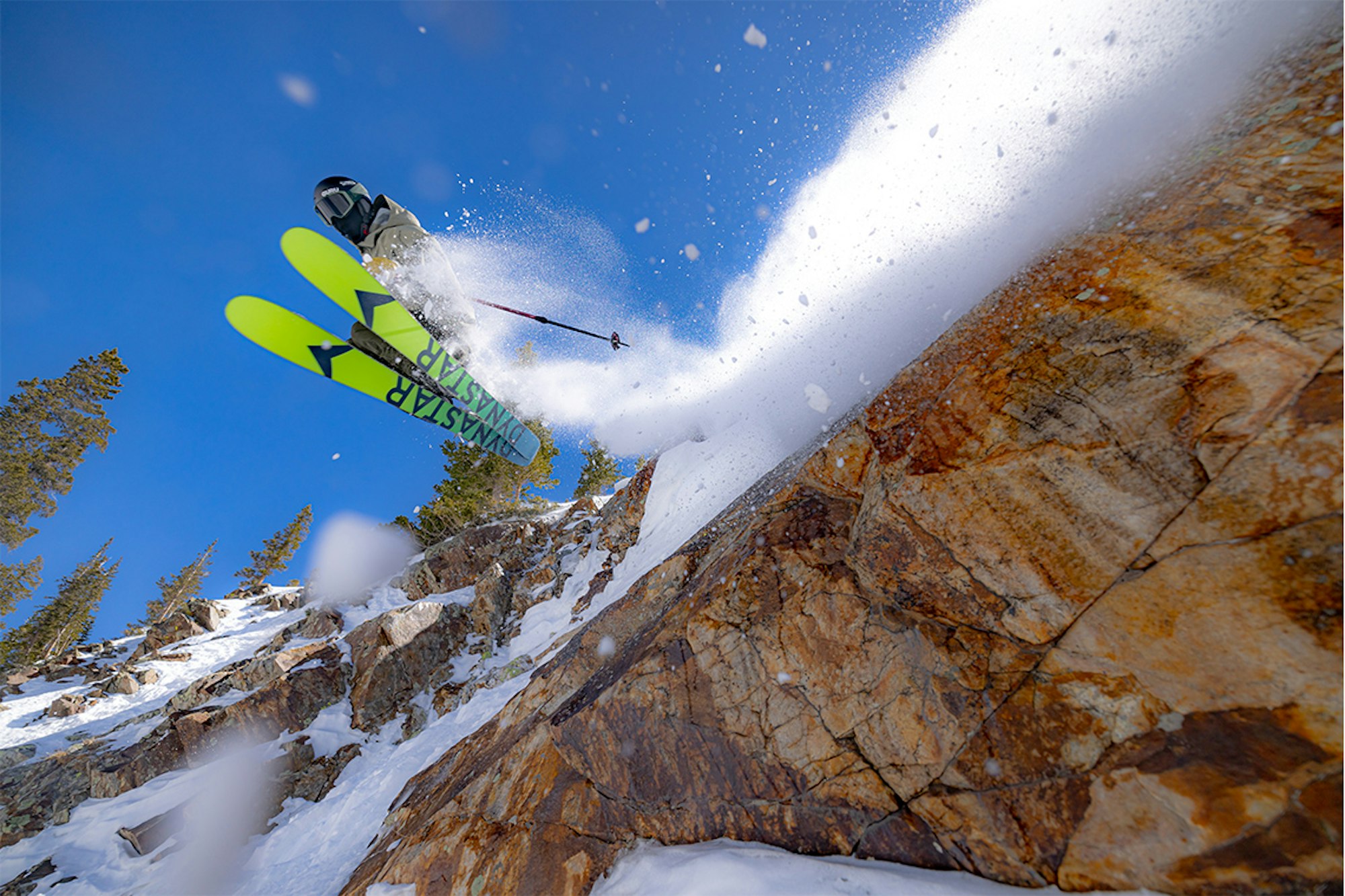All images: Noah Wetzel
Although Dynastar has just regained traction in the freeride market with the launch of its incredibly successful M-Free line two years ago, the brand has been a stalwart in the freeski scene from the very beginning. In 1998, Dynastar became the first ski company to ever offer a freeride-specific series with the 4×4. Built in collaboration with freeskiing’s first world champion, Arno Adam, it’s the attention Dynastar pays to what its athletes, as well as consumers, are saying that provides the special ingredients to create products that deliver exactly what the people want, exactly when they want it.
At a recent public demo event at Snowbird, featuring the 2023 M-Free and M-Pro series, FREESKIER had the opportunity to sit down with Dynastar’s Global Brand Manager, Laurent Richard. We chatted freeride history, legendary Dynastar athletes and the comprehensive development process the brand uses to create high-performing products, specifically the M-Free 108. Keep reading for a behind-the-scenes peak at Dynastar’s tried-and-true technique to building banger skis.
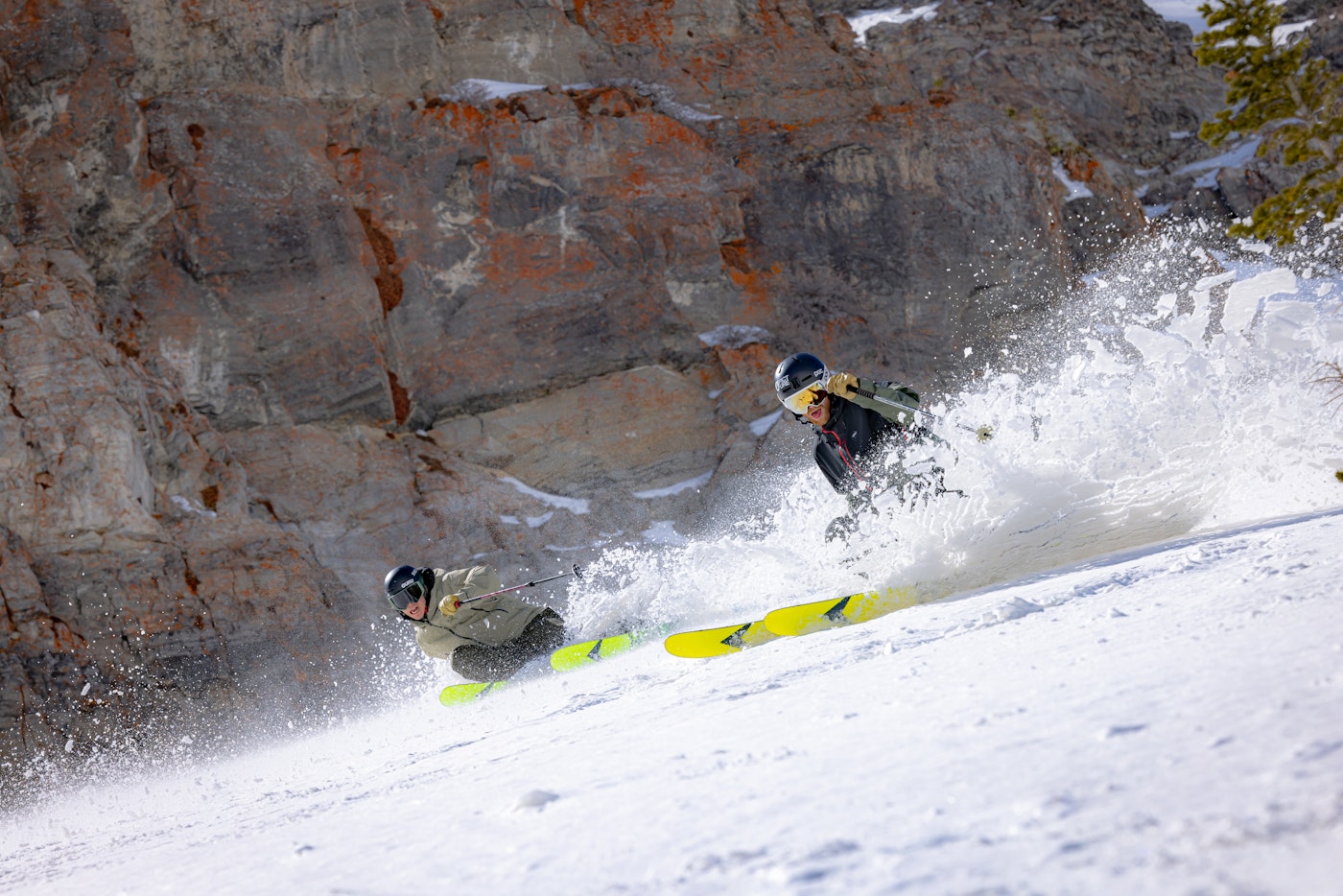
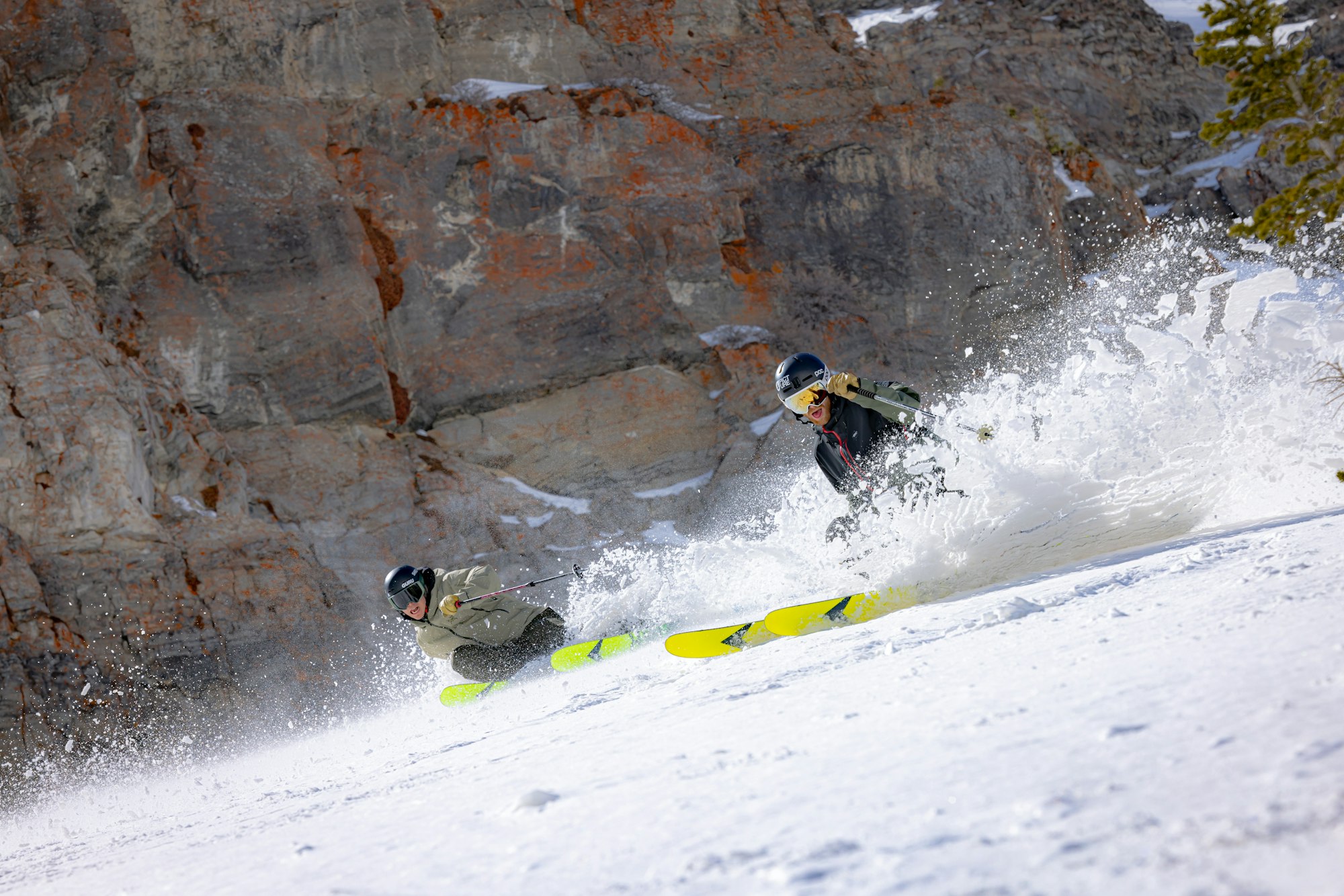
SKIERS [left to right]: Will Goneau and Sander Hadley
Step 1: Ideation
The first step is to create a brief. This brief will then go on to Dynastar’s engineers but before that can happen, the brand needs to know what they should make based on what its athletes and consumers want. This requires dozens of meetings with athletes like Richard Permin and Reine Barkered, product managers like Matt Farness and sales reps all over the world, who can articulate what Dynastar needs to make in order to bridge the gap between the brand’s supply and the freeride world’s demand.
In 2017, Dynastar came out with the Menace PROTO in collaboration with Richard Permin for his big-mountain, high-speed pursuits. While it was much too burly for the general public to enjoy, it provided the blueprint for a brand-new series of freeride skis.
“When I talked with Farness and the riders in the U.S. [about making a more progressive freeride ski] they were fully on board to design this product,” says Richard.
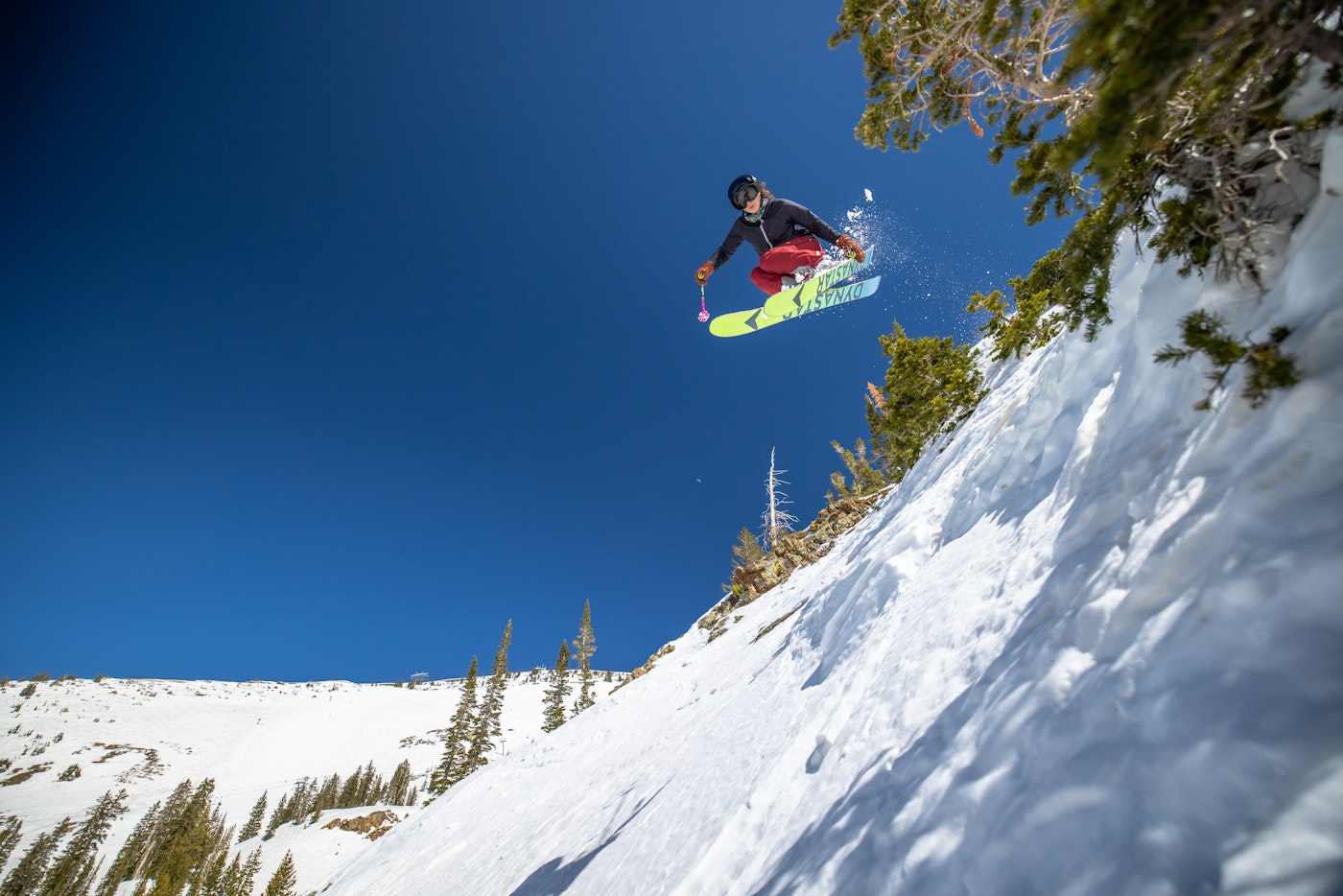
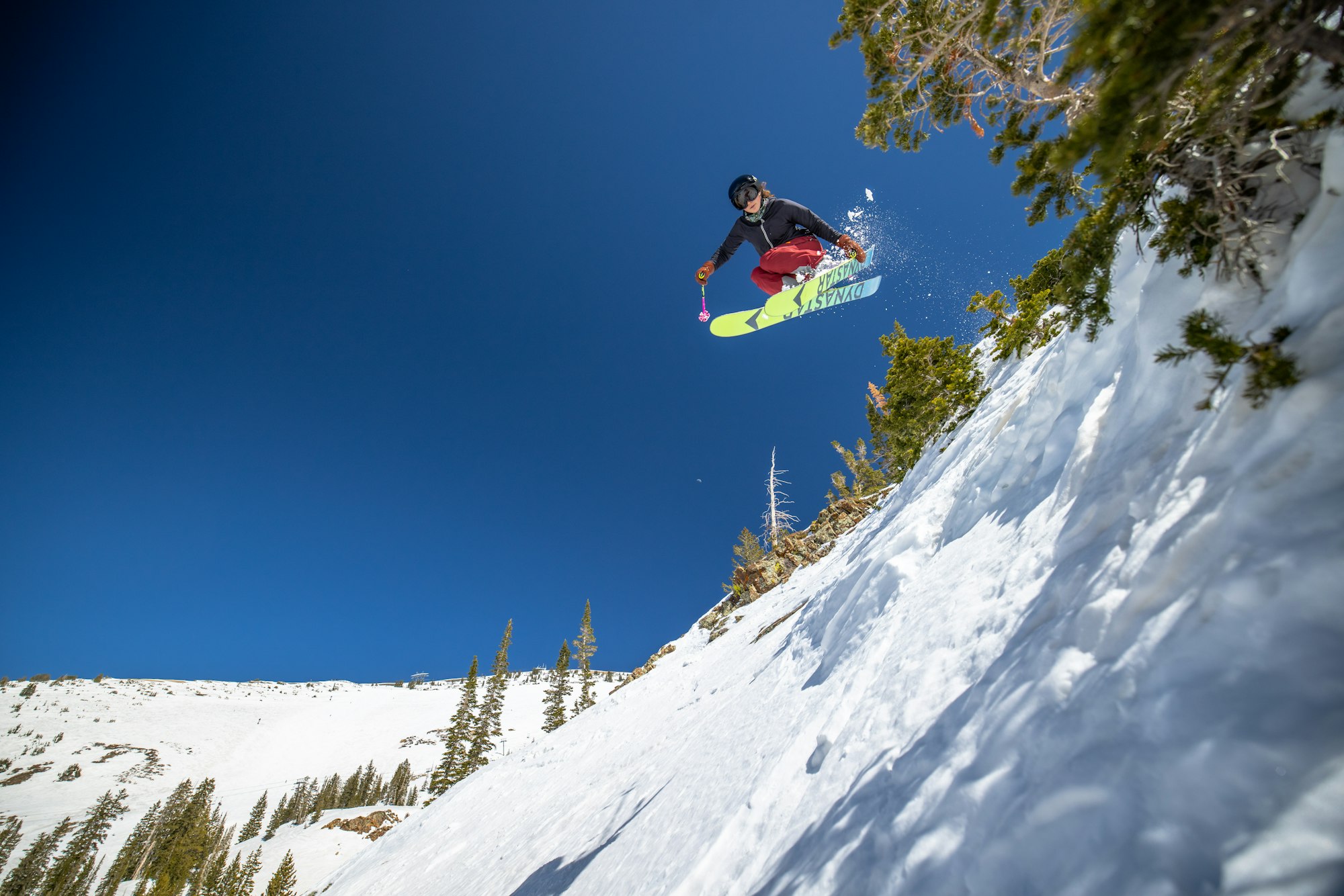
SKIER: Megan Dingman
Step 2: Prototype Development
Once everyone in the brand is aligned on the brief, Dynastar’s engineers get to work developing the first prototype. At this stage in the process, every prototype mold is hand-made rather than by machine to ensure each ski is pressed exactly as intended. When a prototype is ready to be tested, Dynastar’s team of on-snow testers get to work on the slopes of Chamonix, the mecca of freeride skiing, and report back the on-snow feel. Engineers then take that feedback and adjust the prototype as necessary until process reaches a final prototype. For the M-Free 108, it took 18 different prototypes to get the shape just right.
“Once we get the final prototype validated, we send it out to Chamonix ski patrollers to test the ski everyday to make sure the durability will be great,” explains Richard.
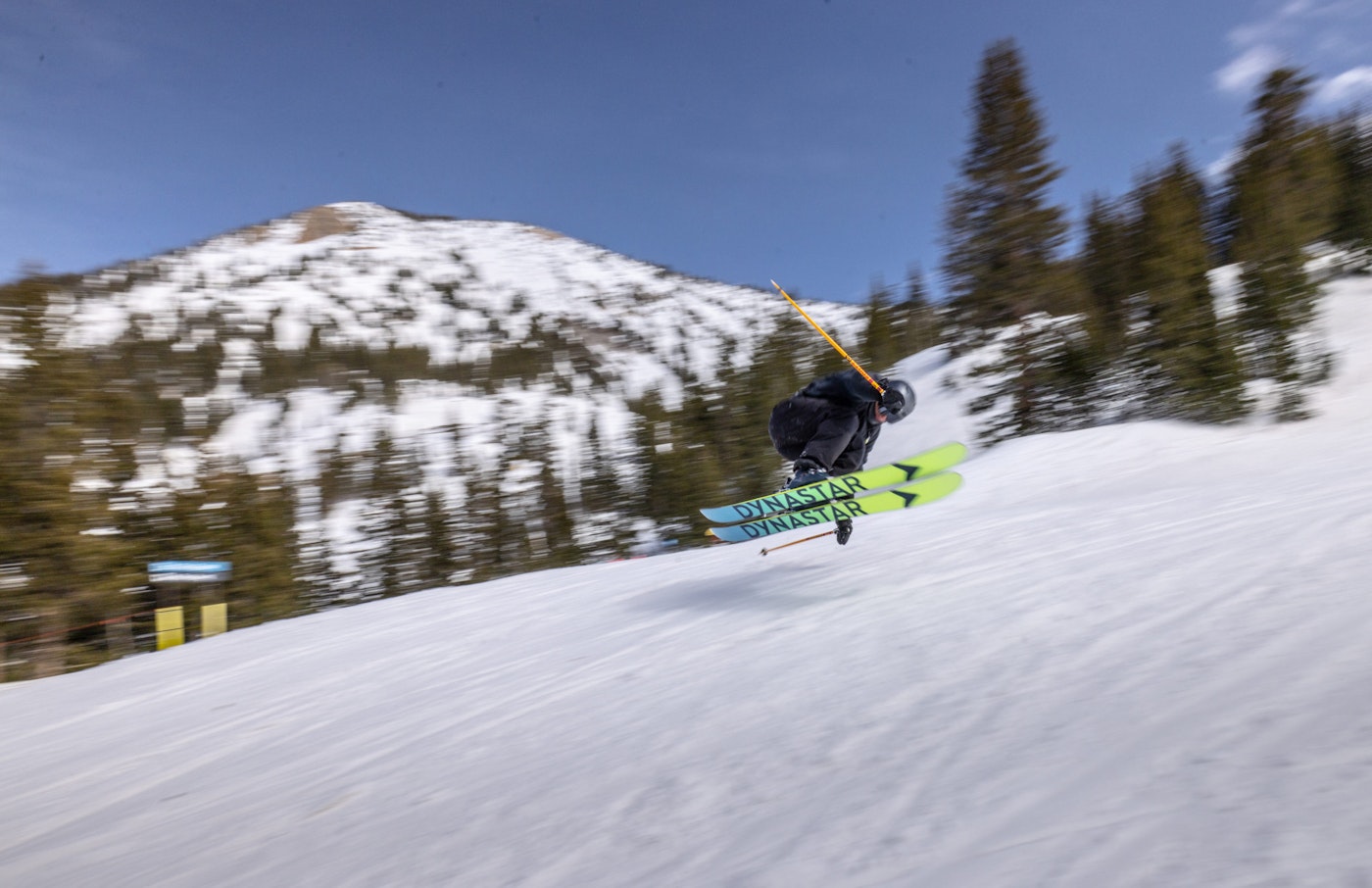
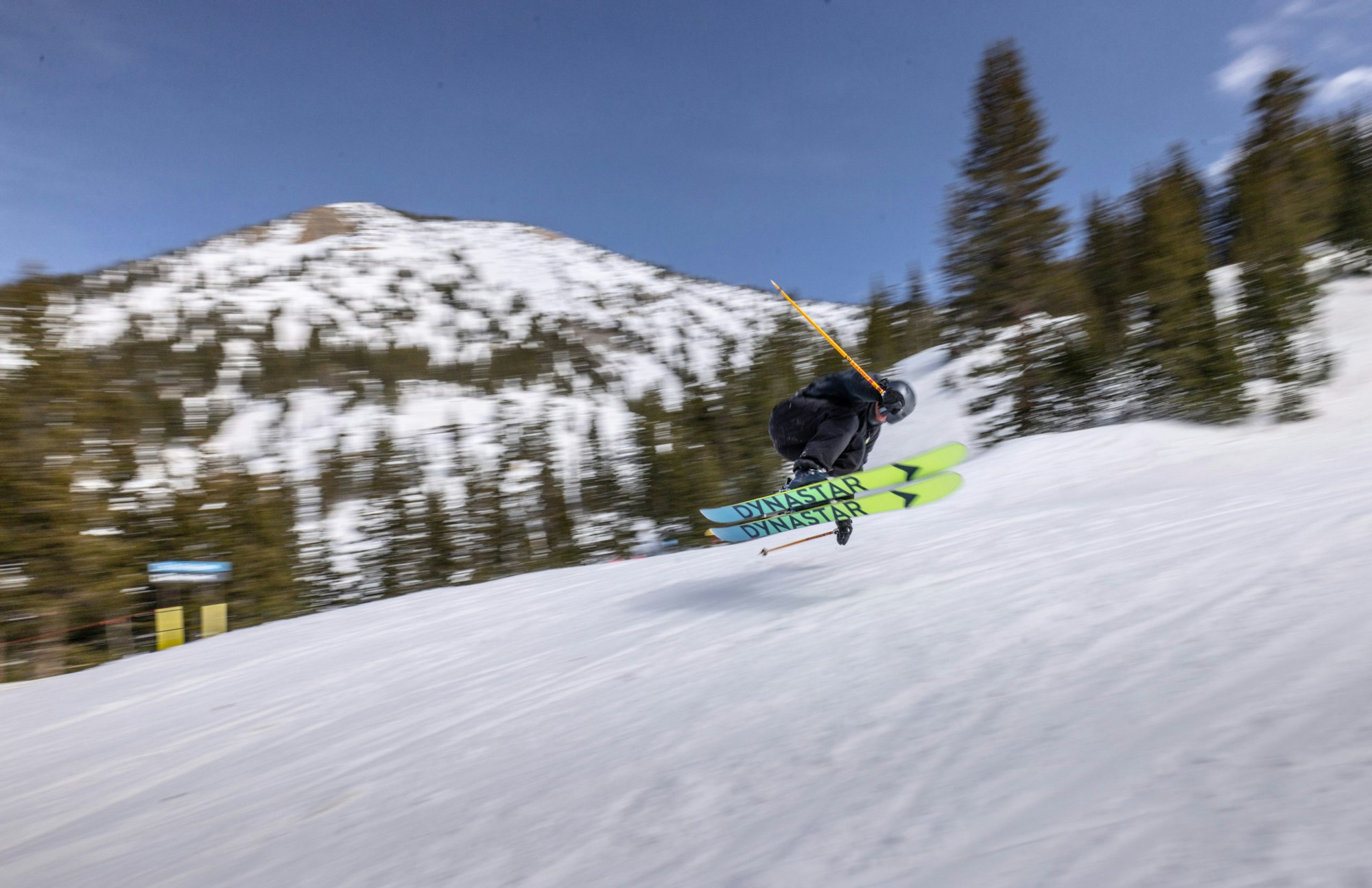
SKIER: Alex Lundstrom
Step 3: Press, Test and Repeat
Finally, after rounds and rounds of prototyping and on-snow testing, the final mold that will be machine-pressed and replicated by the hundreds is made.
“We need to transform the prototype to make sure the factory is able to recreate it exactly, every time,” Richard explains to me. “Our prototypes are hand-pressed, so we don’t use the same mold in the Sallanches factory. We work with the factory to develop the definitive mold once the final prototype has been verified. When we receive the final mold for the factory, we test the ski again to ensure it’s exactly the same ski as we validated with the prototype.”
Once the final version of the ski is pressed, specific machines are used for one last comprehensive durability test. In an effort to try to break the ski and rip out the binding, engineers collect information and ensure it will hold up to the use and abuse of skiers day after day. The pressing process repeats itself a few hundred times and then the skis are finally sent off to be skied by consumers worldwide.
After all is molded, skied and done, the entire process—from ideation to stocking shop shelves with the final product—takes roughly three years. So while the M-Free 108 has only been on the market for two years, this ski has been in the making since 2017. Hardly ever satisfied, the Dynastar crew is never done innovating.

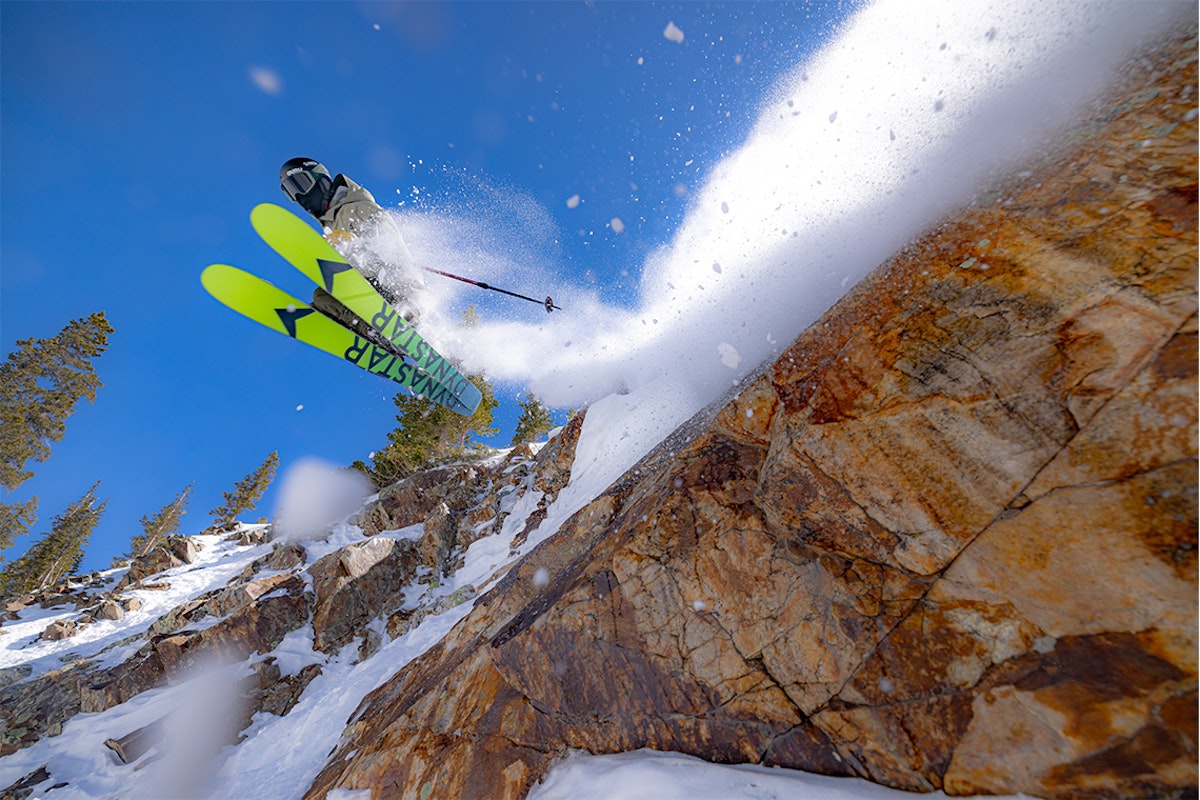
![[GIVEAWAY] Win a Legendary Ski Trip with Icelantic's Road to the Rocks](https://www.datocms-assets.com/163516/1765233064-r2r26_freeskier_leaderboard1.jpg?w=200&h=200&fit=crop)
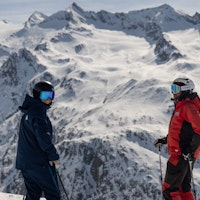
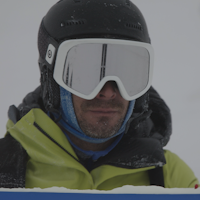
![[GIVEAWAY] Win a YoColorado X Coors Banquet Prize Package](https://www.datocms-assets.com/163516/1764877349-long-live-local-cooler-bag2.jpeg?w=200&h=200&fit=crop)
![[GIVEAWAY] Win a Legendary Ski Trip with Icelantic's Road to the Rocks](https://www.datocms-assets.com/163516/1765233064-r2r26_freeskier_leaderboard1.jpg?auto=format&w=400&h=300&fit=crop&crop=faces,entropy)

